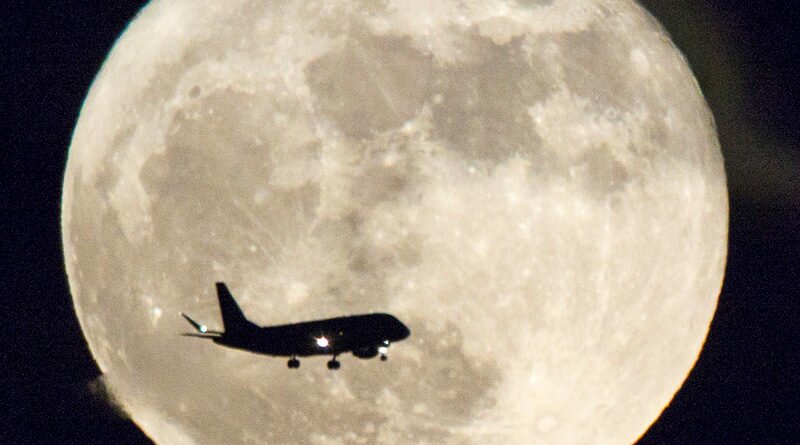What’s a Supermoon?
There have always been supermoons. They just didn’t used to be called that. In fact the origin of the term is, shall we say, unconventional. Here’s how they work:
The moon’s orbit around Earth is not a perfect circle. The moon is, on average, 238,855 miles (384,400 km) from us, but the distance varies by 26,465 miles. When a full moon happens while the moon is at or near its closest point to Earth (called perigee) it’s called a supermoon. The exact timing and proximity dictates just how super.
A supermoon can be 14 percent bigger and 30 percent brighter than a full moon occurring at its farthest point from Earth (apogee).
Supermoon is a catchy term, and a supermoon can be notably bigger to a casual observer, but don’t expect the moon to be dramatically gigantic (photos that make the moon look positively gargantuan involve telephoto lenses and strategically located foreground objects). But do take the opportunity to go out and look up. Any full moon, hanging huge on the horizon, is a worthy sight—a supermoon is just a little worthier.
And while you’re out there—during any rise of the full moon—check out the moon illusion. The moon will look larger on the horizon than when it’s higher in the sky. This is, in fact, all in your head (really!).
Oh, and about the origin of the term. According to NASA, the term “supermoon” was coined in 1979 by astrologer Richard Nolle. Astrologers and astronomers don’t usually see eye-to-eye on the meanings of heavenly objects and occurrences, but on this one they’ve come to agree, at least on terms.

